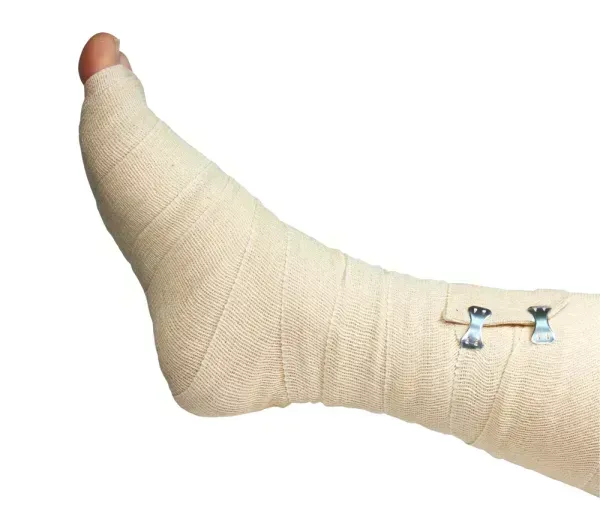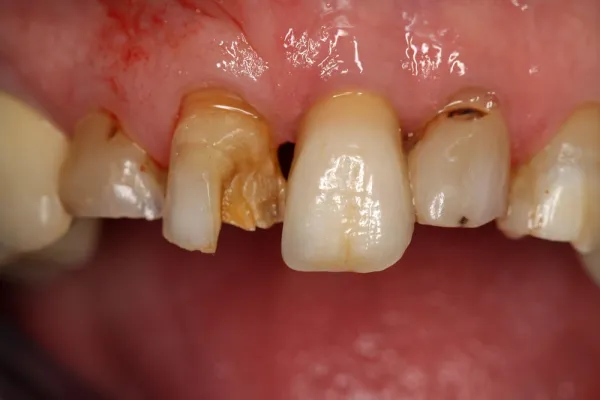Educate Physicians on 'Automatic' E/M Coding
Question: I am having an issue with one of our physicians who wants to report almost all of his hospital inpatient subsequent visit services as 99233. His rationale is that colleagues have told him that you can automatically report 99233 when the patient suffers from co-morbidities, or has a diagnosis such as congestive heart failure (CHF), acute myocardial infarction (MI), unstable angina, etc. How can I make him understand that this is not correct coding without offending him?
California Subscriber
Answer: Your physician is making dangerous assumptions about patient conditions and E/M levels.
While it’s true that a subsequent visit might result in a 99233 (Subsequent hospital care, per day, for the evaluation and management of a patient, which requires at least 2 of these 3 key components: a detailed interval history; a detailed examination; medical decision making of high complexity) for the conditions your cardiologist listed, no diagnosis ever warrants an automatic E/M level, regardless of the diagnosis code(s).
The cardiologist must code each E/M according to the parameters of the descriptors; for 99233, he must perform two of three key components, and prove that he satisfied the components in the notes. If he’s been automatically coding 99233 a long time, the practice might have erroneously overcoded on some subsequent hospital care E/Ms. It’s nearly impossible that a physician would only use 99233, and never report 99231 (… a problem focused interval history; a problem focused examination; medical decision making that is straightforward or of low complexity) or 99232 (… an expanded problem focused interval history; an expanded problem focused examination; medical decision making of moderate complexity).
Certainly, patients will require 99233 service from the physician at times — but not because of the condition. Rather, it’s the physician’s actions, spelled out in the documentation, that should lead you to your choice of service level.
Someone — the coding director, another physician, etc.— has to relay this message to your cardiologist before payers start asking questions. If a payer notices that all of a physician’s subsequent hospital inpatient services are 99233, you can bet it’s going to raise eyebrows. Payers expect various utilization curves for each family of codes, and reporting 99233 for each subsequent inpatient will demonstrate your cardiologist as an outlier.




